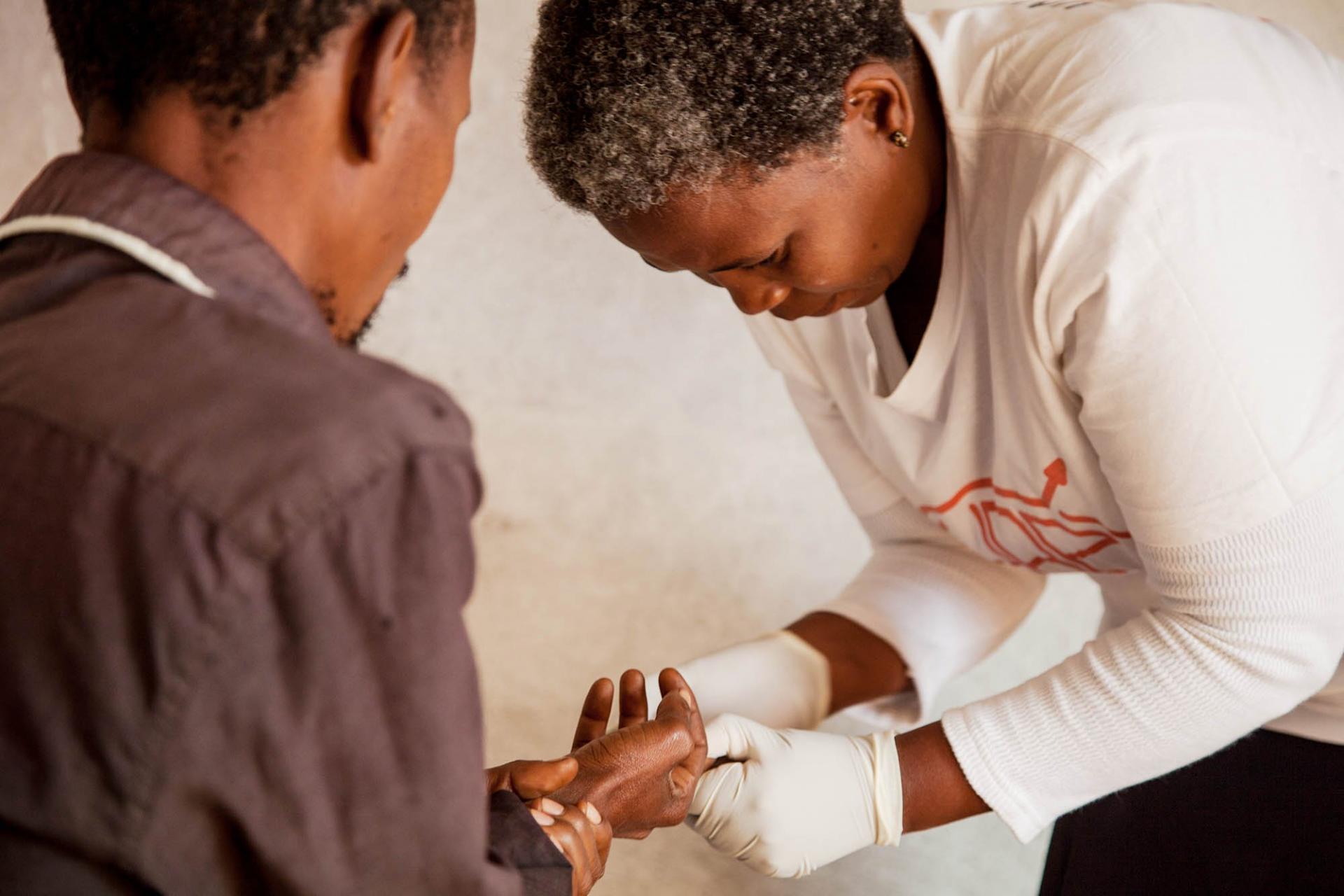Despite a major increase in the South Africa’s antiretroviral treatment (ART) coverage and a reduction in mortality of AIDS-related causes since 2010, the overall national prevalence among 15-49 year olds is 21%. It reaches 27% in the province of KwaZulu Natal which is more than two-fold higher than the corresponding HIV prevalence rates in the Western Cape and the Northern Cape provinces.
In 2013, Doctors Without Borders (MSF), Epicentre, and the Department of Health (DoH) implemented a population based survey to assess parameters of the HIV epidemic in the sub-districts of Eshowe/Mbongolawne, where MSF has been working since 2011.
The findings of that survey helped MSF and the DoH to implement activities and adapt strategies in the sub-districts. In a context where “Universal Test and Treat” (UTT) strategy has been implemented since 2016 and following five years of implementation activities, it was expected that the HIV positive status awareness, ART coverage and viral load (VL) suppression would have improved in this setting, leading to a decreased HIV-transmission and consequently a reduction in HIV incidence. Consequently a similar survey was implemented five years after the first one, as part of an evaluation of the changes in the HIV epidemic and the cascade of care since 2013.
